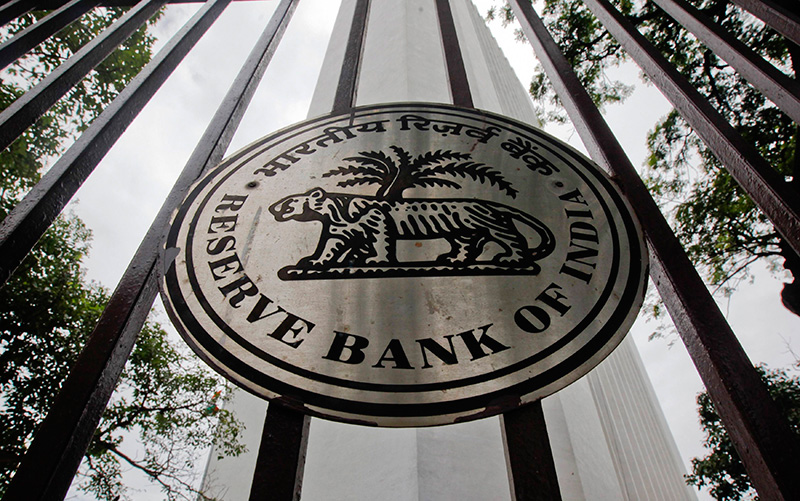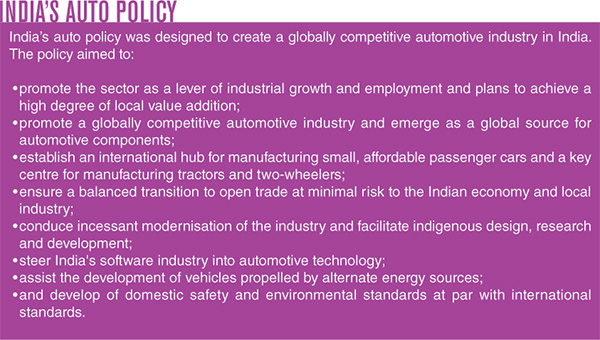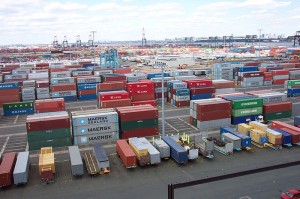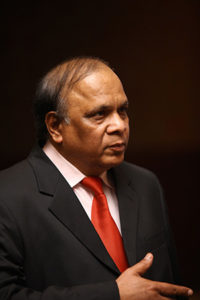The automotive industry is one of India’s economic growth drivers. Since 1991, the sector’s gradual liberalisation has seen the number of manufacturing facilities grow progressively.
The Indian government has played a pivotal role in shaping the industry’s roadmap. Back in 2002, the government formulated the country’s auto policy, with a view to establishing a globally competitive automotive industry and doubling the sector’s contribution to the country’s economy by 2010.

Automotive Mission Plan 2006-2016
In order to boost the Indian automotive industry, the government introduced the Automotive Mission Plan 2006-2016. The move was aimed at steering, coordinating and synergising the efforts of automotive industry stakeholders, in order to accelerate and sustain growth in the industry.
“The next ten years will be a crucial period for growth of the Indian automobile industry as a significant player on the global stage. I am happy to see that all stakeholders are focused to convert this challenge into an opportunity,” said Sontosh Mohan Dev, the then Minister of Heavy Industries and Public Enterprises.
At the time this plan was formulated, the National Manufacturing Competitiveness Commission’s National Manufacturing Strategy listed various factors impacting manufacturing competitiveness in the Indian automotive sector. These included: higher import duties including inverted duty structure on raw materials; higher incidence of indirect taxes; sub-optimal levels of operations; lower operational efficiencies and higher transaction costs; lower labour productivity and higher cost of capital, and inadequate infrastructure.
The Indian automotive industry has found increasing recognition worldwide, and most vehicle manufacturers operating in the country have begun exporting vehicles. Nonetheless, the industry’s full potential remains untapped, and exports became a lifeline for OEMs in India seeking to offset declining domestic sales.

Foreign Trade Policy
At the time of writing (mid-August 2014), the Indian Ministry of Commerce & Industry has yet to announce its new Foreign Trade Policy (FTP), which will run for a period of five years from 2014 to 2019. With no date formally set, the new policy could come as early as the end of August 2014, if local, unofficial reports are to be believed.
The upcoming policy is expected to address issues such as services exports and product branding, and of course standards. The FTP is said to be receiving final shape from the country’s Directorate General of Foreign Trade (DGFT). India’s FTP essentially governs the country’s export and import-related activities.
In the financial year which ended on 31 March 2014, India accounted for exports to the tune of US$312.35bn, short of the US$325bn mark targeted for the full fiscal year. Revenues from exports have continued to remain around the US$300bn mark over the past few financial years, and have not shown year-on-year growth
FTP 2009-14
 The previous FTP came into effect on 27 August 2009, and ran until 31 March 2014. Falling right in the middle of the global economic slowdown, this was hardly a period conducive to global trade, and the World Trade Organization (WTO) at the time forecast a 9% decline in global trade, in volume terms.
The previous FTP came into effect on 27 August 2009, and ran until 31 March 2014. Falling right in the middle of the global economic slowdown, this was hardly a period conducive to global trade, and the World Trade Organization (WTO) at the time forecast a 9% decline in global trade, in volume terms.
In the ten months prior to the FTP coming into effect, Indian exports declined due to a contraction in demand, compounded by protectionist measures adopted by some of India’s traditional markets.
“The short term objective of our policy is to arrest and reverse the declining trend of exports and to provide additional support especially to those sectors which have been hit badly by recession in the developed world. We would like to set a policy objective of achieving an annual export growth of 15% with an annual export target of US$200bn by March 2011,” Anand Sharma, then Minister of Commerce & Industry said at the time.
The last FTP included automobiles for incentives under Focus Product, and Market Linked Focus Product Schemes. This was aimed at encouraging technological upgradation in the export segment.
It also included a provision for the export of warranty spares, indigenous or imported, of plant, equipment, machinery or automobiles, along with main equipment. Other incentives for the automotive industry included allowing the status holders of the automotive sector to be eligible for a status holders’ incentive scrip (SHIS).
Annual supplement 2013-2014
In April 2013, Sharma announced the annual supplement for 2013-14 as part of the FTP for the 2009-14 period. In a move aimed at facilitating the import of vehicles, hotels and tour operators were allowed to import passenger cars and SUVs under the Served from India Scheme (SFIS).
A further announcement saw the addition of two new ports for vehicle imports. The Inland Container Depot (ICD) at Faridabad, Haryana, and Ennore Port, Tamil Nadu, have been added to the list of ten ports/ICDs through which import of new vehicles is permitted.
FTP 2014-2019

The last FTP ended in March 2014, and the question puzzling the automotive industry now is what the upcoming FTP will bring for to the sector. One expectation, such as that expressed by Asia Motor Works (AMW Motors) is that the overall strategy behind the new FTP will be to reduce the trade deficit and, as oil constitutes a major portion of the country’s imports, the anticipation is that the main thrust of the policy would be to encourage exports in all sectors.
“Our industry [automotive] would expect the government to provide incentives for exports directly or indirectly through concessions for companies actively involved in R&D and dedicated export units. Interest rate subventions and easier clearances for exporters will also help,” A Ramasubramanian, President – AMW Motors, told Megatrends.
India’s automotive market has undergone an extended period of declining sales. Faced with the prospect of continued market contraction, many vehicle manufacturers turned to exports, in order to offset the declines at home. The existing FTP supports exports, by way of the Focus Market and Focus Product Scheme, as mentioned earlier. The industry feels that these measures should be continued, and indeed strengthened.
The China factor
The recent financial year saw India’s automotive component sector post its first ever decline in a fiscal. In all, component manufacturers operating in the country posted turnover of US$35.13bn, a year-on-year drop of 2% compared with the previous fiscal year.
“The last fiscal has been one of the most challenging for the automotive industry in India,” said Harish Lakshman, President of the Automotive Component Manufacturers Association of India (ACMA). “Flagging vehicle sales, high capital costs, high interest rates, currency fluctuations and slowing down of investment in manufacturing, have adversely impacted the growth of the auto component industry.”
While all these factors depressed the country’s automotive component sector in the last fiscal, one more factor cropped up – increasing Chinese imports. In this segment, China accounted for the bulk of foreign imports, at 21%, valued at US$2.6bn. This was up from 18% in the previous fiscal.
Asked whether the upcoming FTP was likely to bring new protectionist measures to safeguard the local industry, Ramasubramanian said: “AMW does not believe that the government will encourage protectionism, but as our industry is highly capital intensive and as almost all international manufacturers are present here, the focus for companies would be to strengthen strategic partnerships and upgrade technology to enhance international competitiveness.”
He added: “China is already one of India’s major trading partners and Indian manufacturers have coped well with Chinese imports. In a liberalised regime, the way for Indian manufacturers would be to increase scale and competitiveness and the Government is geared to announce policies to make manufacturing more competitive and attractive to investors.”
In the last financial year, imports of automotive components grew by 3.6% to US$12.8bn from US$13.7bn in 2012-13. Asia and Europe contributed to 57% and 34% of the imports respectively. Within Asia, China, Japan, South Korea and Thailand contributed to maximum imports while from Europe the key contributors were Germany, France, UK, Italy and Spain.
Wishlist
“With a new Foreign Trade Policy on the anvil, we urge the government to announce long-term and stable trade policies and accord export incentives that are critical for sustaining the industry in these times of global challenges,” said ACMA Vice President, Ramesh Suri.
With regard to FTP 2014-19, Ramasubramanian told Megatrends that AMW Motors would be happy, “if the government takes steps to promote high-end manufacturing and encourage specialised design and development units in manufacturing, as this will not only add value, but also generate employment for our highly skilled software specialists and engineers.”

